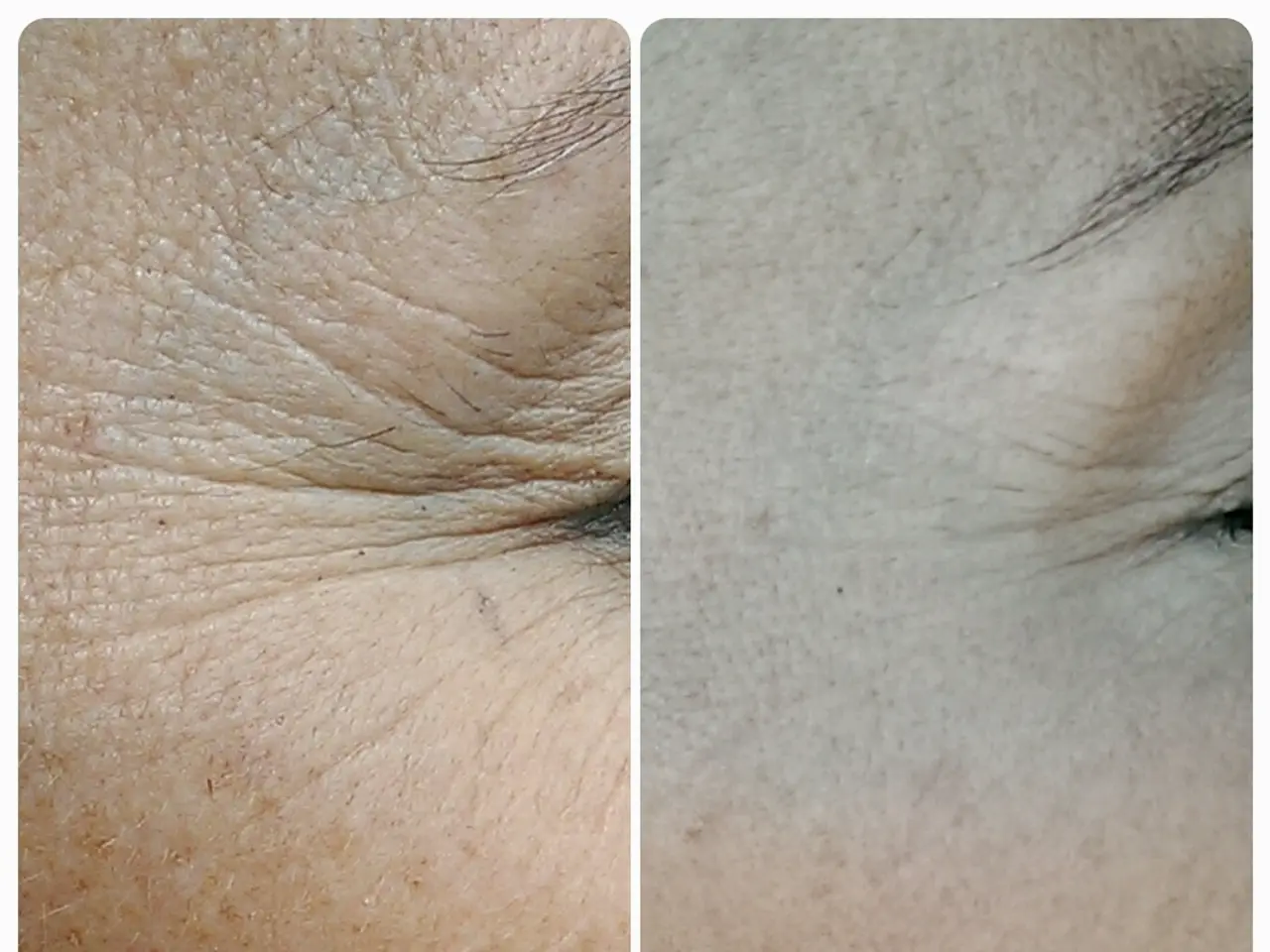Acrostones: Causes, Removal Solutions, and When to Seek Professional Advice
Skin tags, one of the most common benign skin growths, are usually found on the neck, armpits, or eyelids. These small, soft, flesh-colored growths, which may have a slightly darker pigmentation, can sometimes cause discomfort when rubbed against clothing or jewelry.
The exact cause of skin tags is unknown, but factors such as skin irritation, aging, hormonal changes, genetics, obesity, and diabetes may contribute to their development. Interestingly, individuals who have a history of sunburns in childhood and youth, those with freckles, a family history of skin cancer, previous personal skin cancer, many moles (pigmented nevi), and those with fair skin types, especially skin type I, are particularly at risk of developing skin tags.
While skin tags are generally harmless and non-cancerous, it's important to consult a dermatologist if a skin tag changes shape, color, or bleeds. If left untouched, they may grow larger over time.
When it comes to removal, several professional methods are available. Radiofrequency ablation uses high-frequency radio waves to remove the skin tag, while electrocautery burns the skin tag using a specialized electric current. Surgical excision involves cutting the skin tag with surgical scissors or a scalpel after administering local anesthesia, and cryosurgery freezes and destroys the skin tag by applying liquid nitrogen. Ligature, on the other hand, cuts off the blood supply to the skin tag by tying a small surgical thread around its base.
For those who prefer home remedies, skin mark removal bands and patches, removal creams, freezing kits, natural remedies like tea tree oil, apple cider vinegar, or iodine are available. However, it's important to note that these methods may not always produce the desired results or carry potential risks.
To prevent skin tags, maintaining a healthy weight, practicing good hygiene, avoiding tight clothing and jewelry, and regularly examining the skin can help reduce their likelihood. If skin tags are painful, grow rapidly, or if you're unsure if it's a skin tag or another type of growth, it's important to consult a doctor.
In conclusion, while skin tags are generally harmless, it's essential to be aware of their potential causes, removal methods, and prevention strategies. Consult a healthcare professional for any concerns or changes in appearance, discomfort, or bleeding.
Read also:
- Peptide YY (PYY): Exploring its Role in Appetite Suppression, Intestinal Health, and Cognitive Links
- Toddler Health: Rotavirus Signs, Origins, and Potential Complications
- Digestive issues and heart discomfort: Root causes and associated health conditions
- House Infernos: Deadly Hazards Surpassing the Flames








